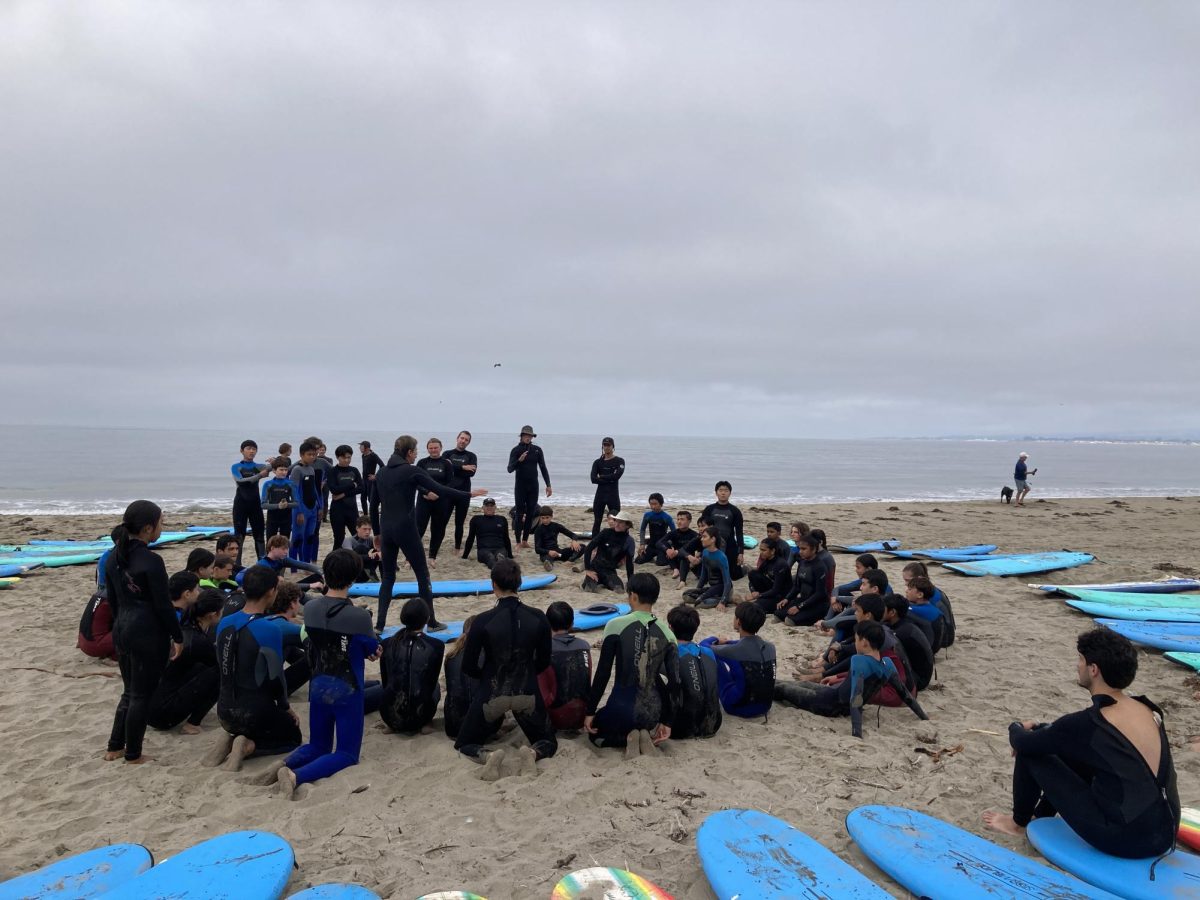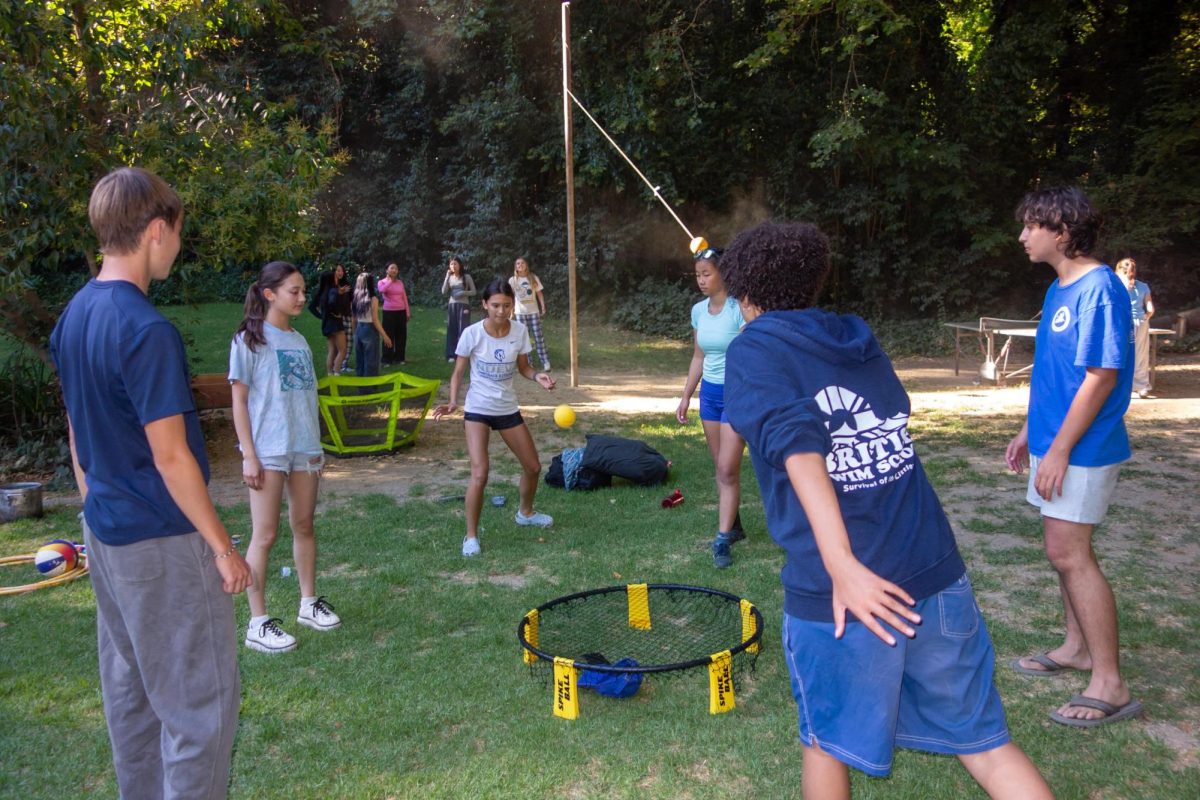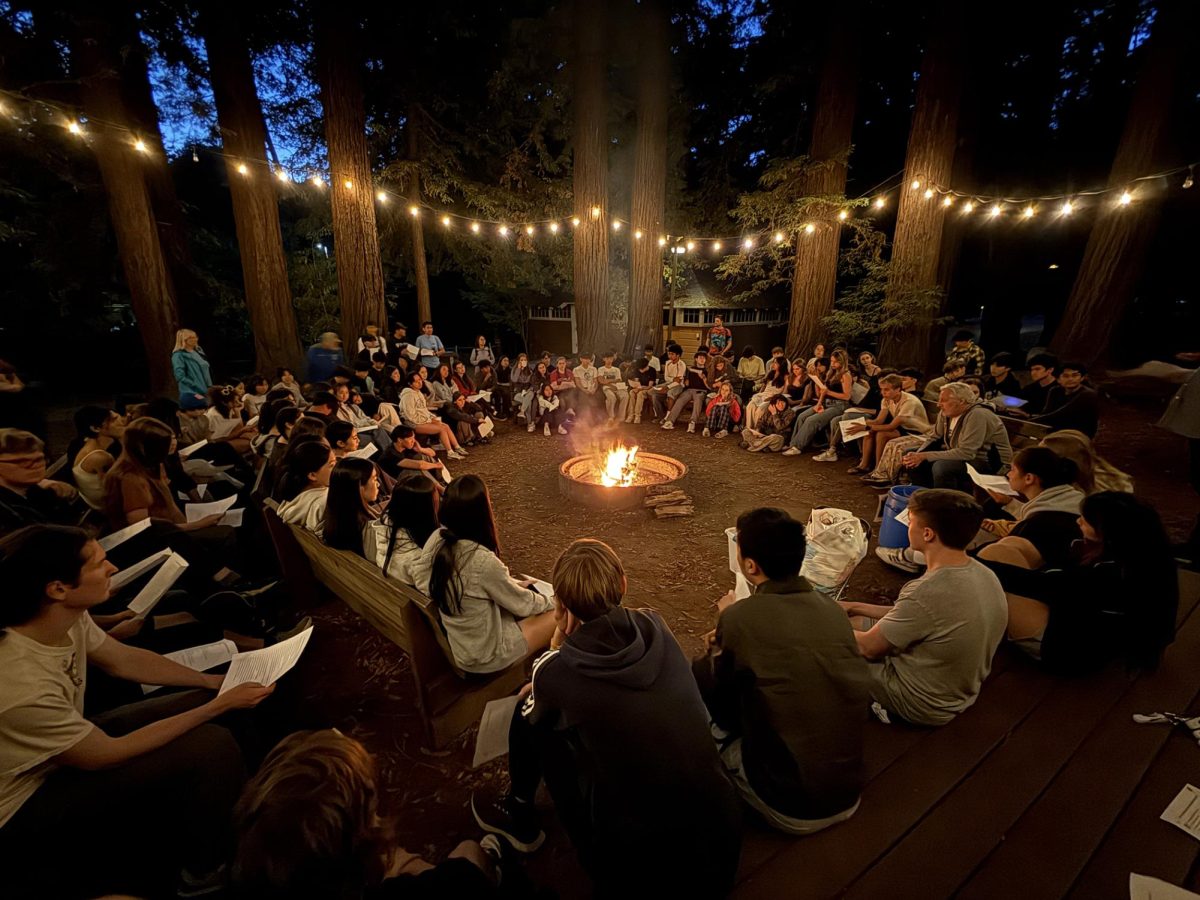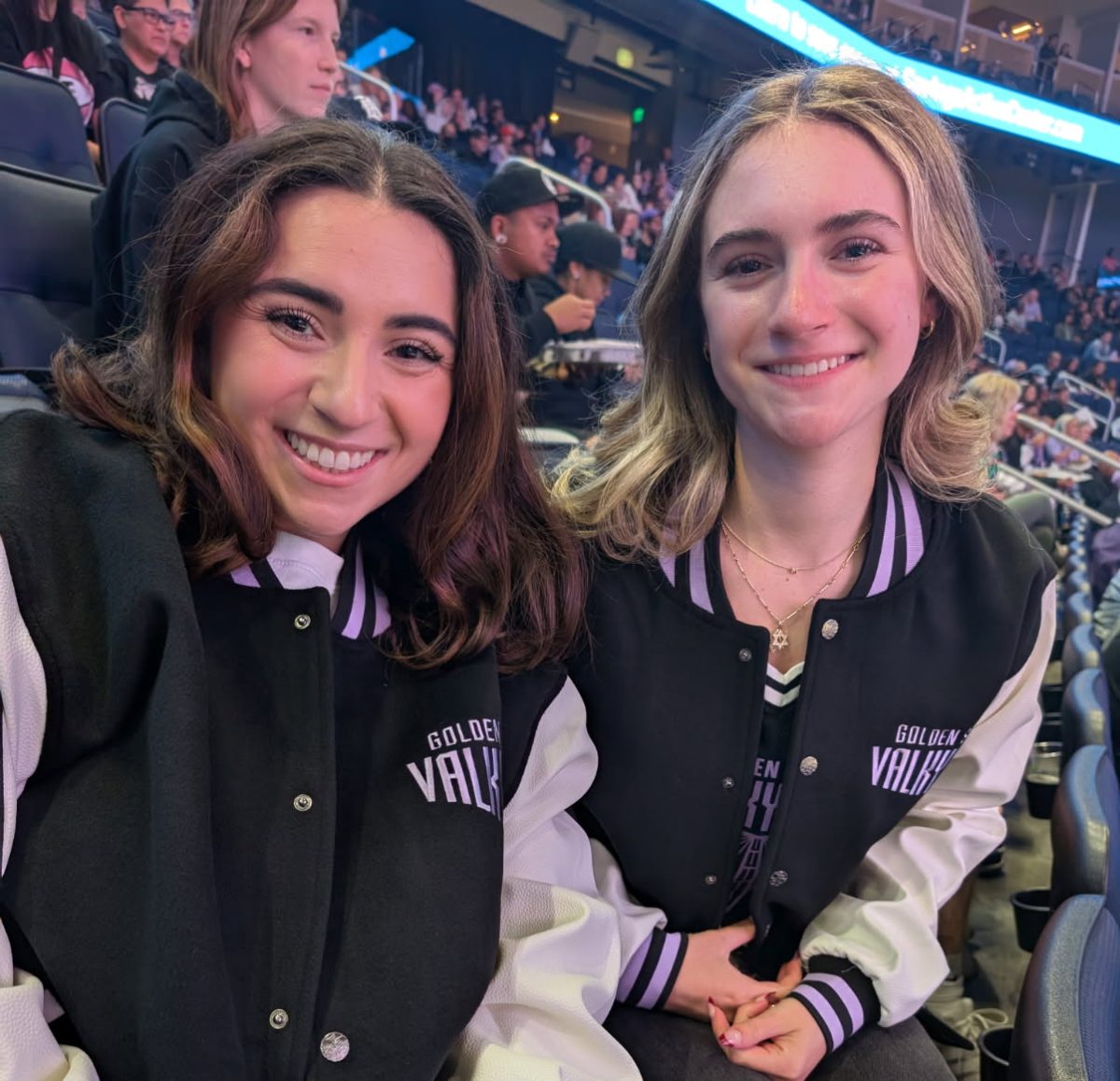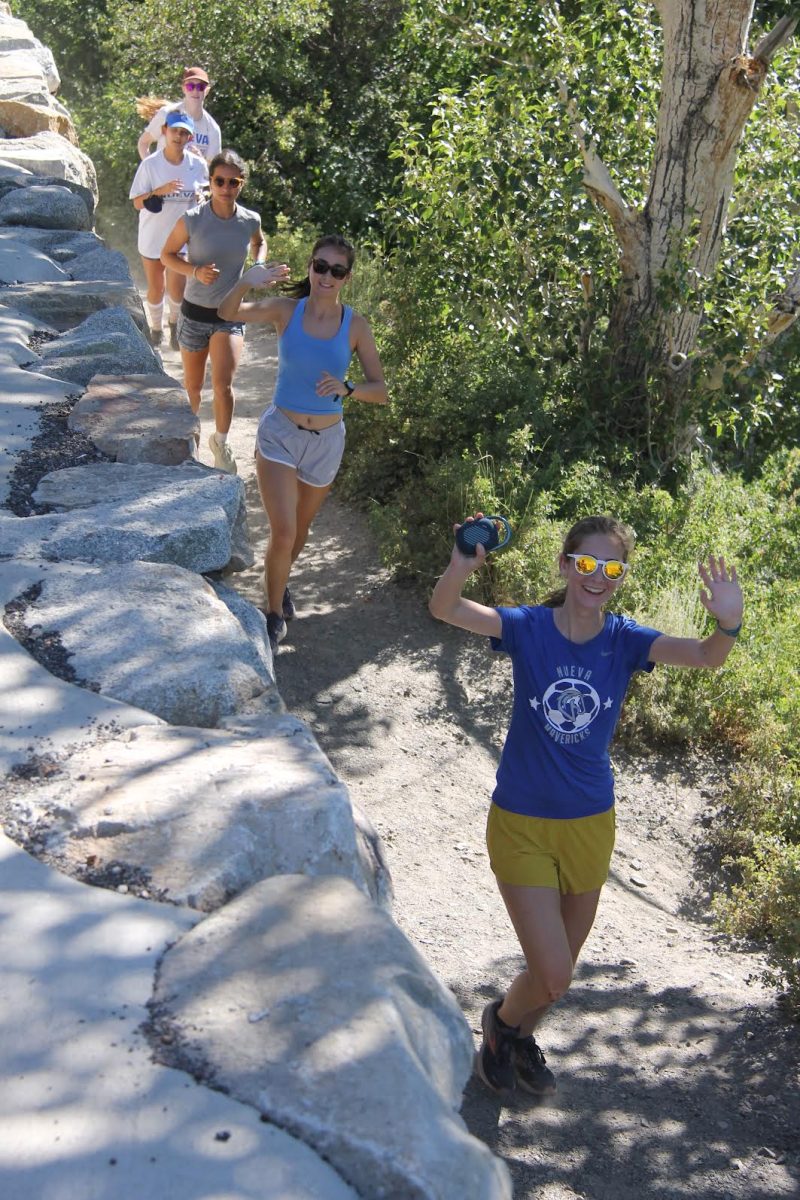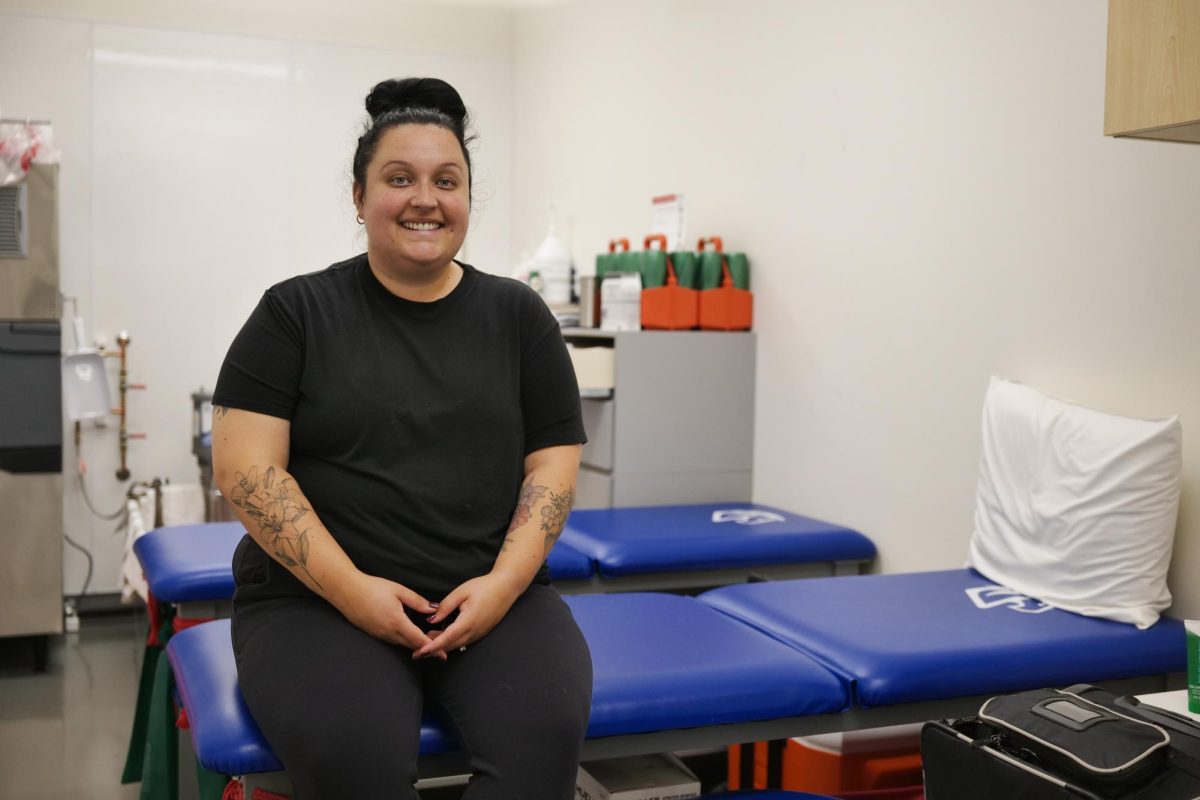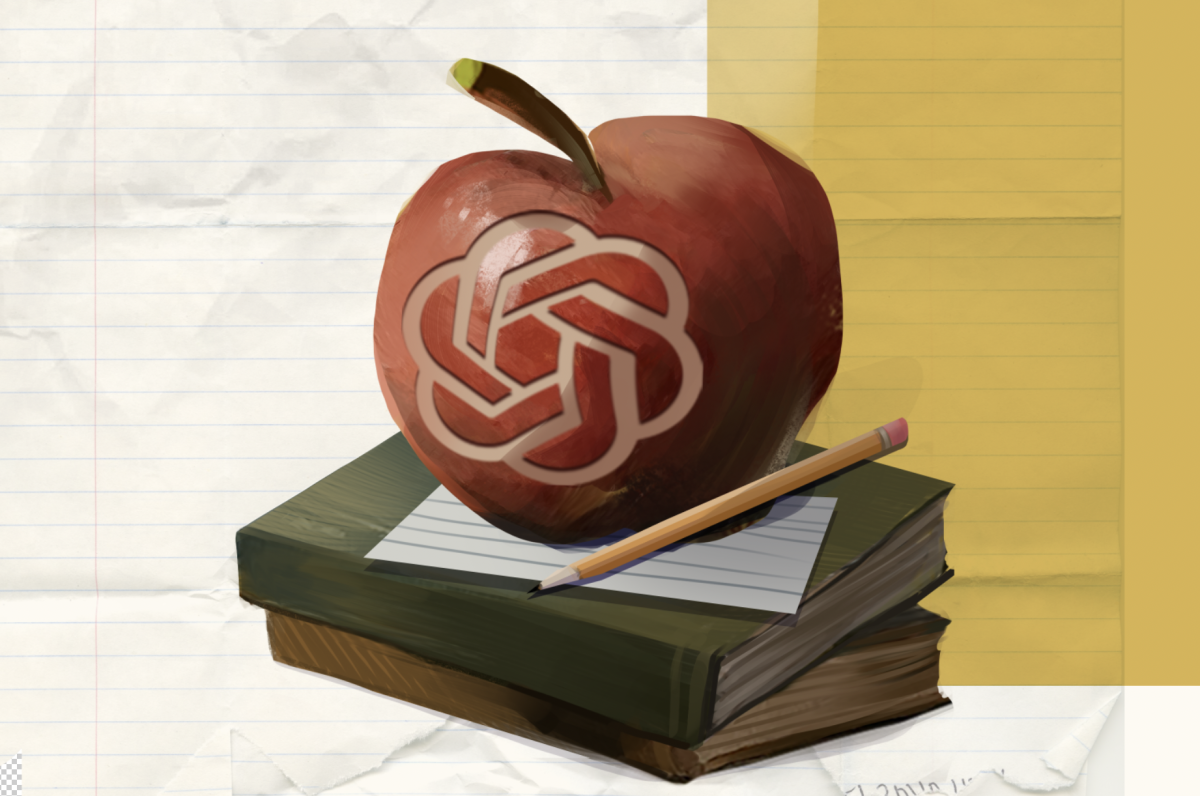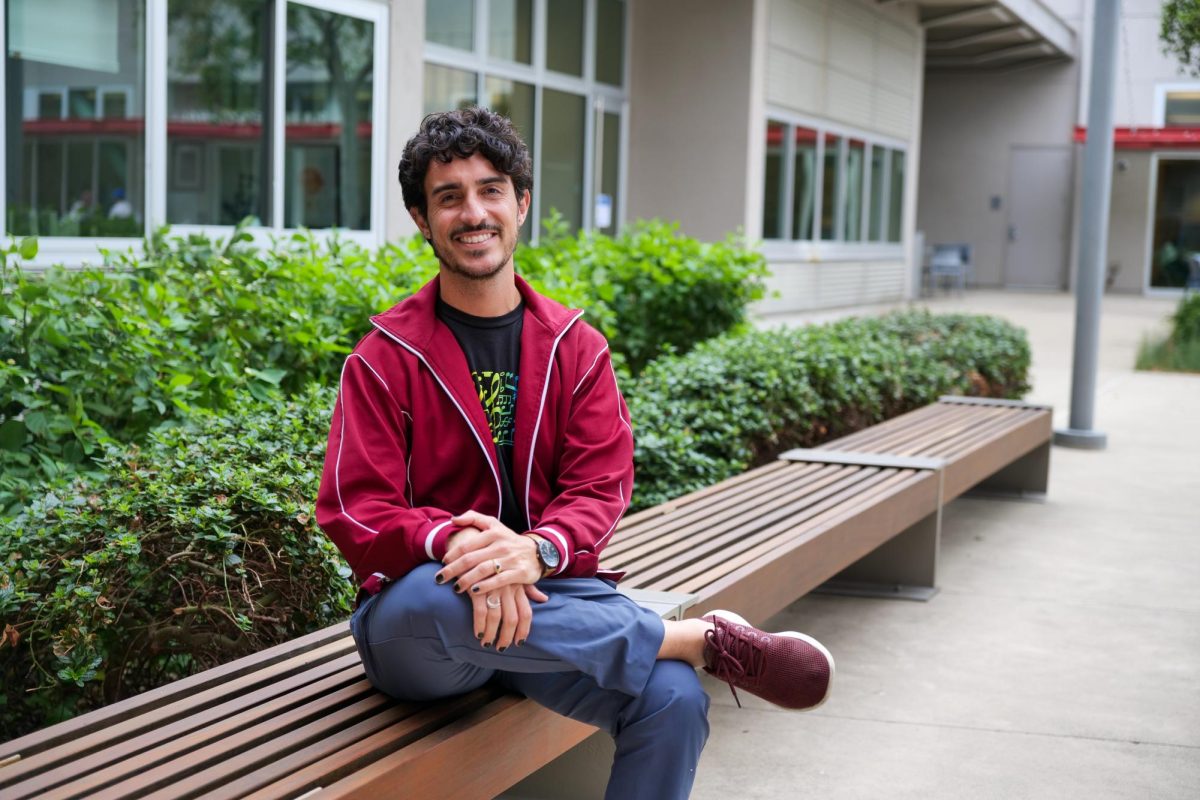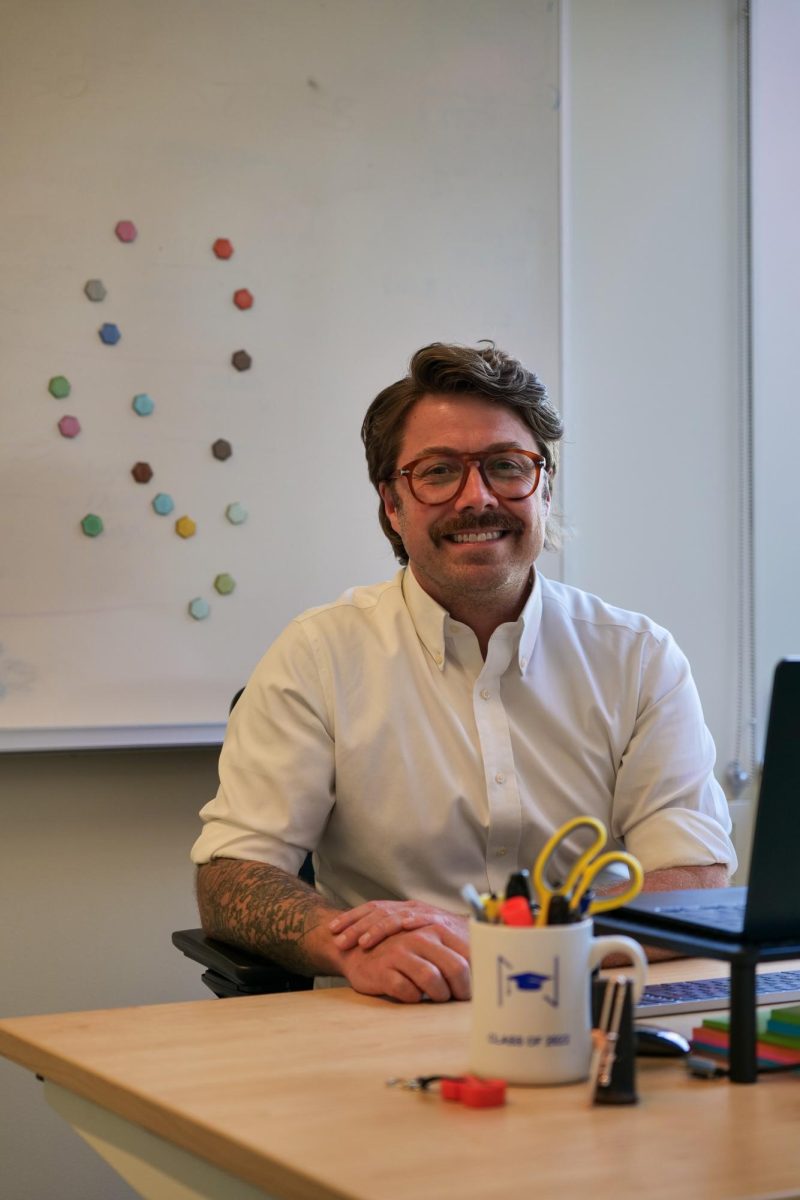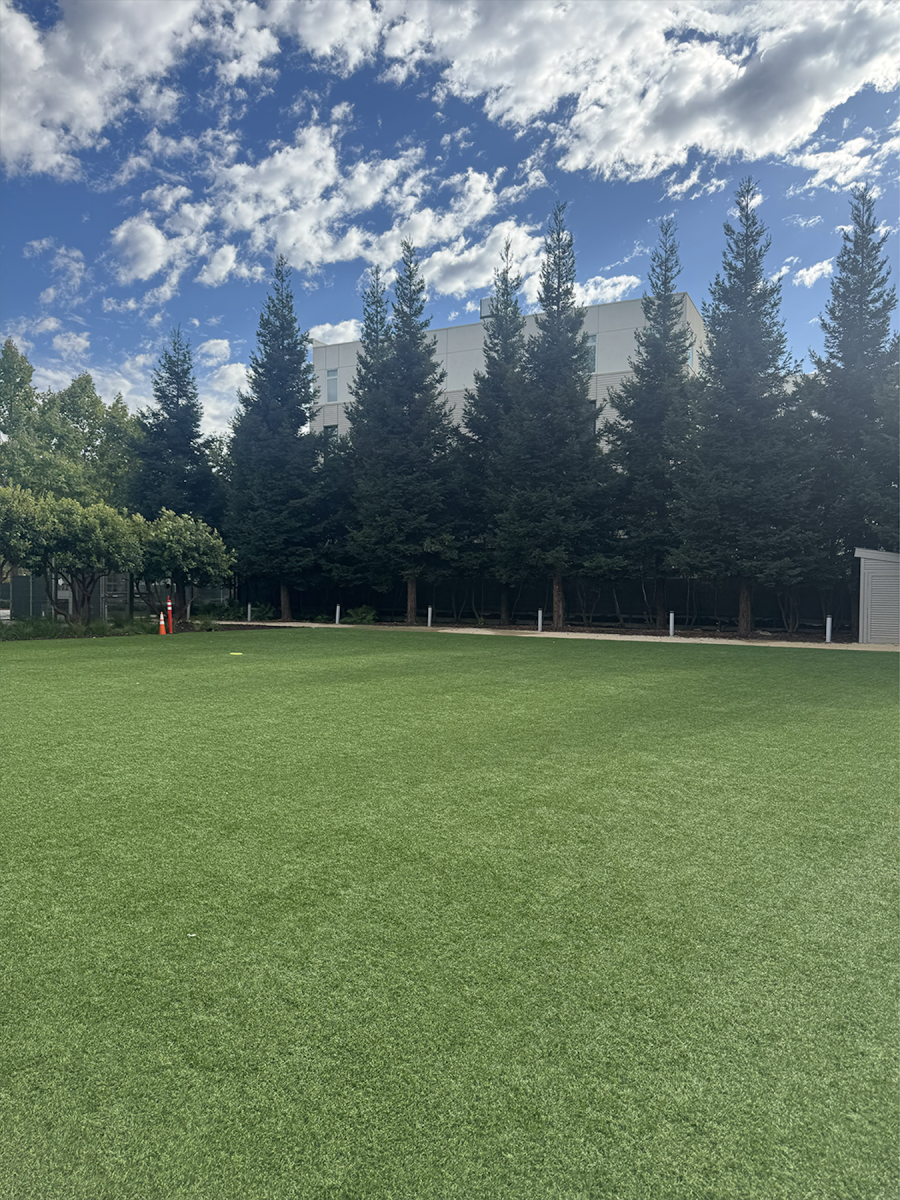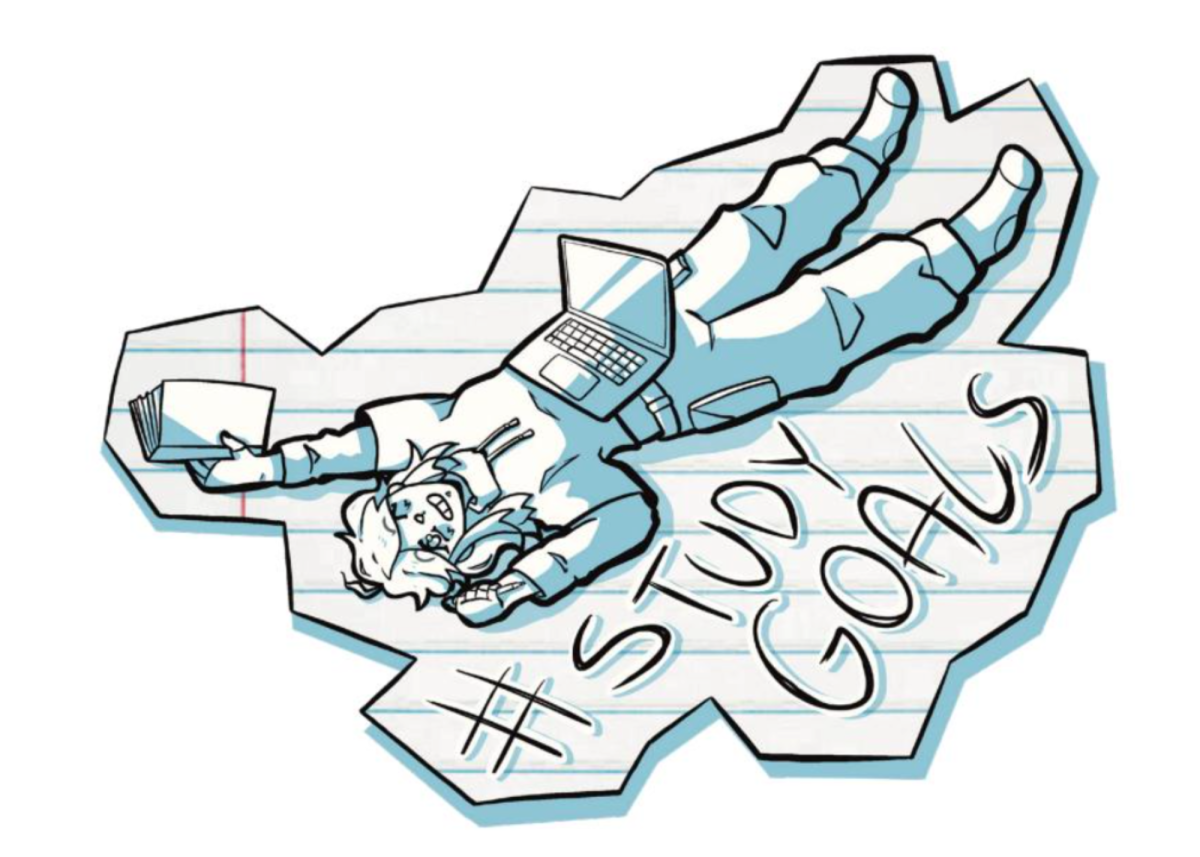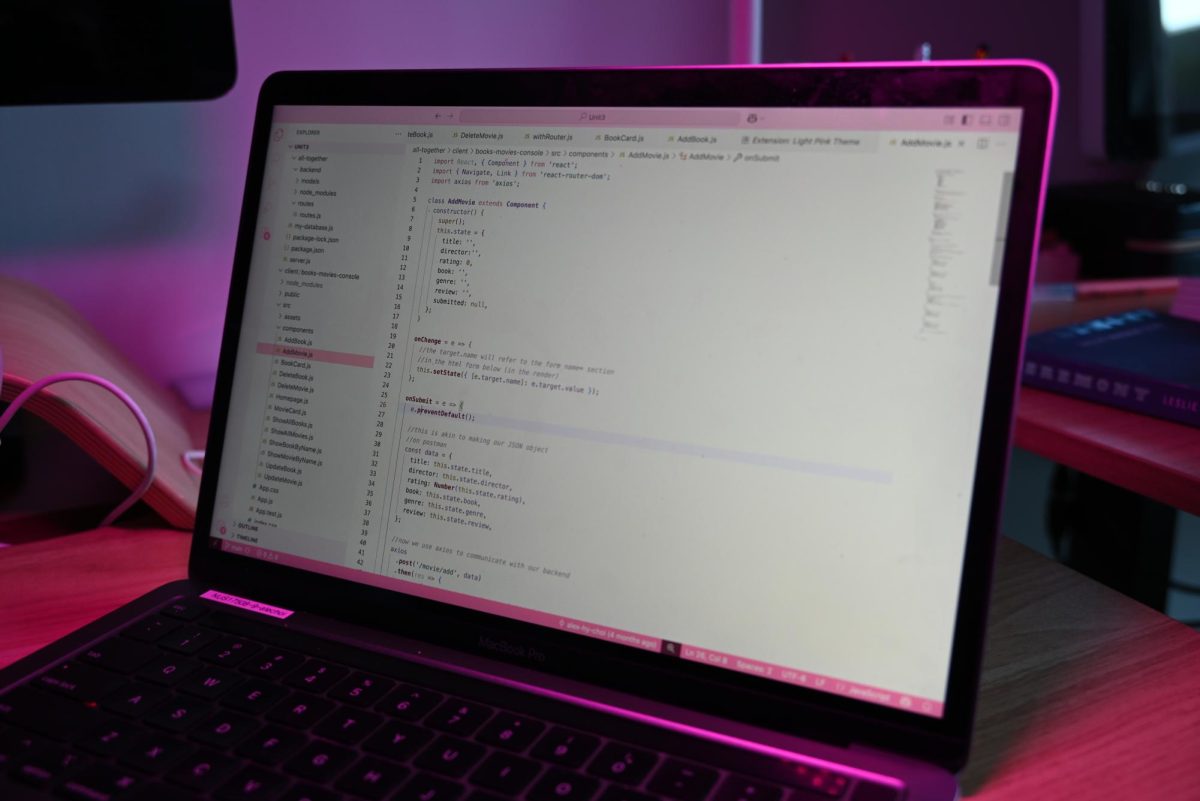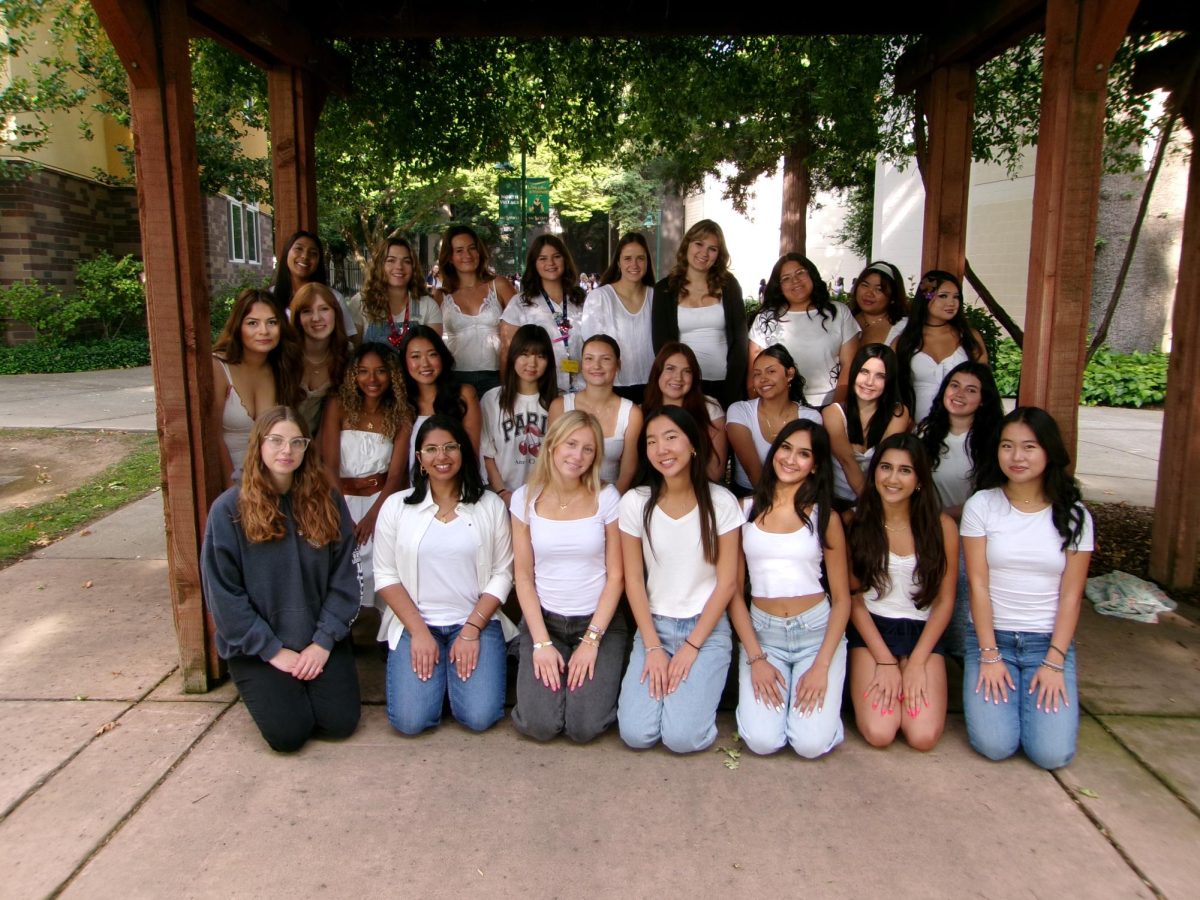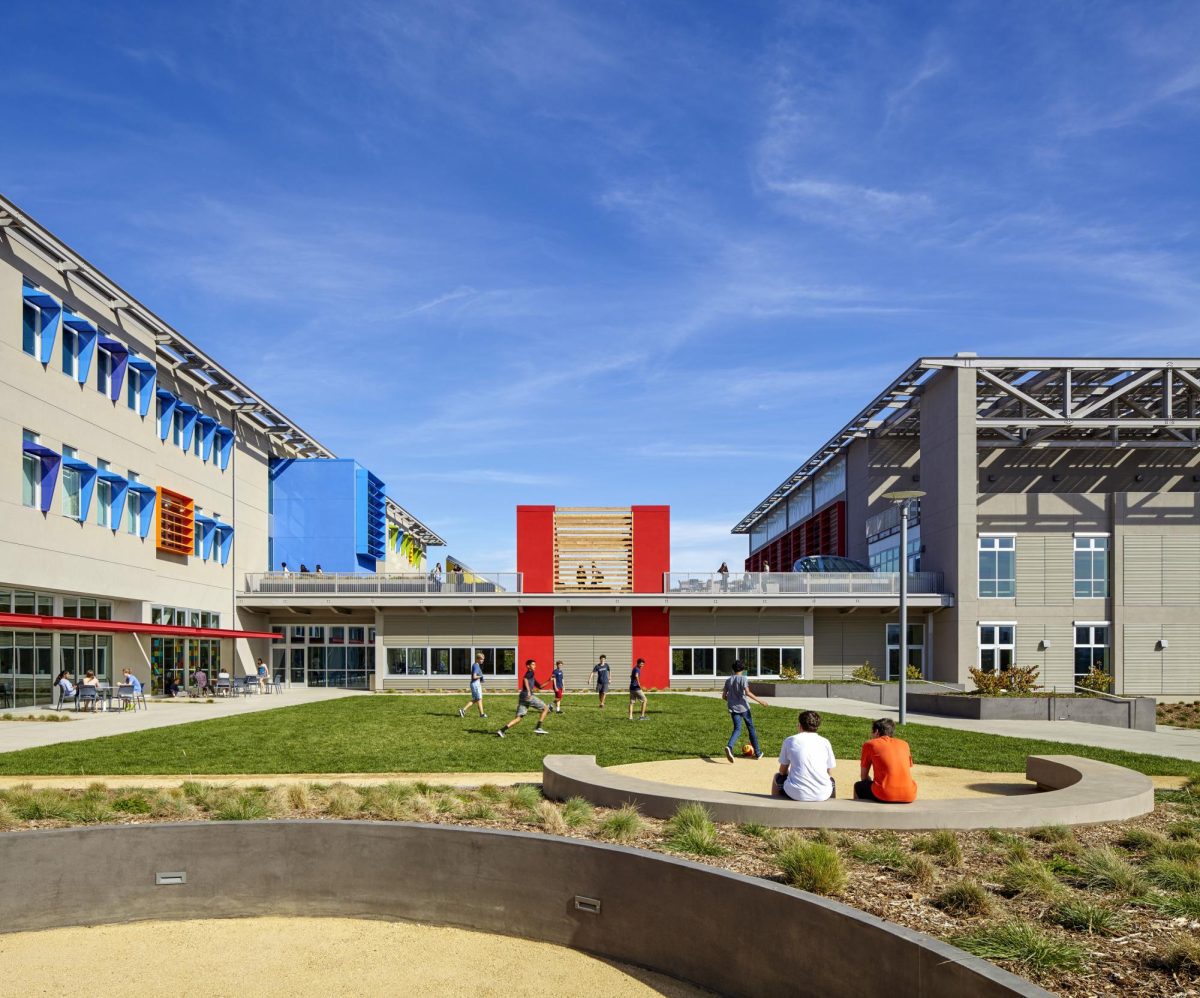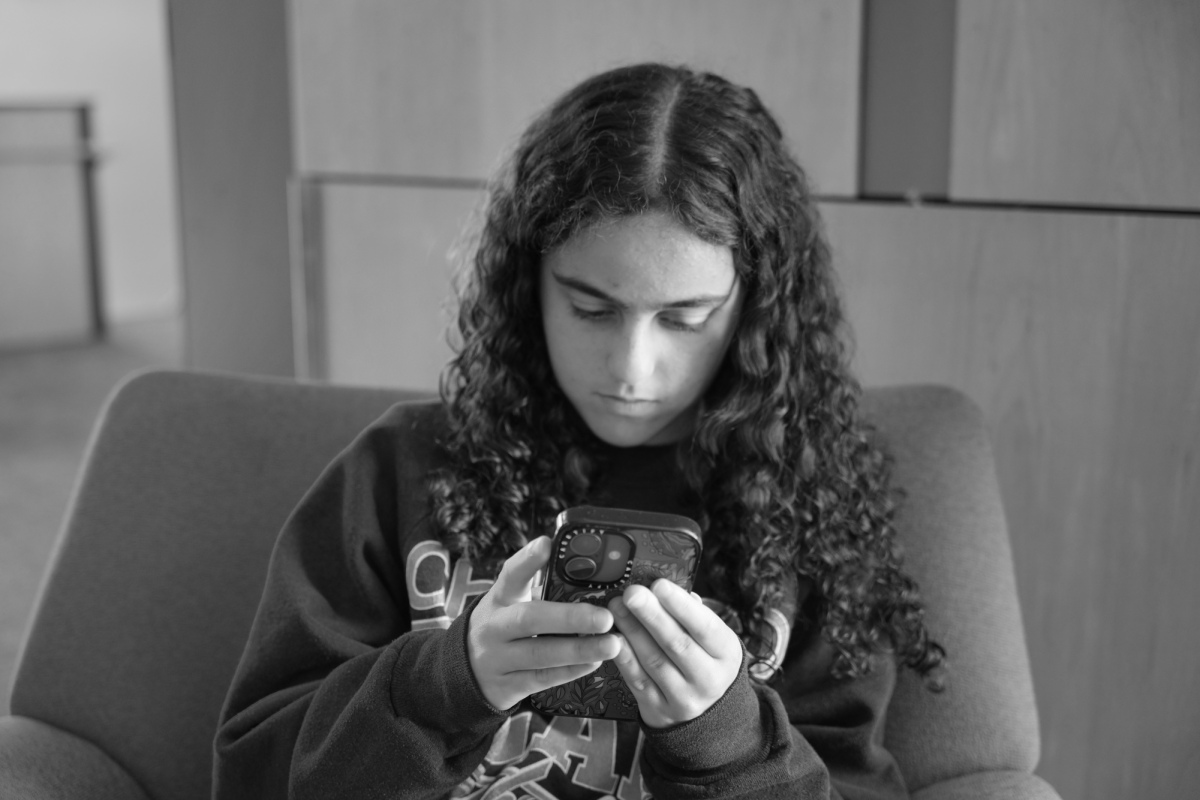Ketamine, MDMA, and marijuana aren’t typical high school curriculum topics. Yet, at the end of April, drug education instructor Rhana Hashemi and Colby D. ’25 co-presented to the senior class on harm reduction strategies for recreational and illicit substances.
Given his grade’s imminent graduation, Colby researched and shared fact-based information on substances commonly found on college campuses.
“Drug use in a lot of high schools is very normalized, but it’s also something that people are very misinformed about, so I wanted to make a lesson on it,” Colby said.
In their presentation, Colby and Hashemi aimed to destigmatize conversations about substance use in college and beyond. They encouraged students to “think communally” about how their choices can influence one another.
“Your energy and etiquette affect others,” Hashemi said during their presentation. “The goal is not to preach abstinence or promote drug use—it’s to prepare you [students] to make intentional decisions.”
In discussions about underage substance use, people often cite peer pressure and a child’s environment as two main culprits of how they perceive and engage with alcohol and drugs. However, understanding how these influences play out in a high school setting can be complex.
Hashemi points out that peer pressure isn’t always overt or even intentional. Sometimes, students are influenced simply by their perception of what’s considered normal among their peers.
“When teens—especially younger ones—believe that ‘everyone is doing it,’ they’re more likely to ignore their own instincts,” Hashemi said. “They may override their personal judgment to conform to what they think is normal.”
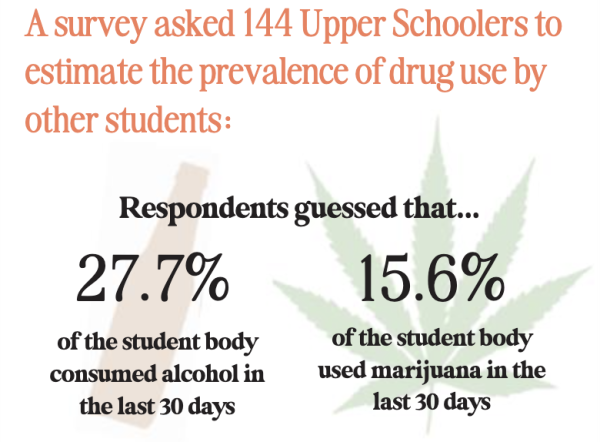
A recent survey, conducted by The Nueva Current, Justin C.-B. ’26, and Natalie C. ’25, explored Upper School students’ perceptions of substance use among their peers.
144 student respondents, evenly distributed across grades, estimated on average that 27.7% of Upper Schoolers had consumed one or more alcoholic drinks in the past month. For marijuana use, students’ average estimate was 15.6% of the student body.
Upper School students assume a smaller proportion of their peers are using substances than found in the 2024 Monitoring the Future survey. In that national study, 10th grade respondents estimated that 50% of their classmates had used alcohol and 41% had used marijuana. This pattern of overestimation was also observed among 12th graders.
However, both students in the national survey and Nueva students estimated higher rates of substance use than were found in the 2024 Monitoring the Future survey. For instance, 11.3% of 10th graders self-reported consuming alcohol and 9.5% reported consuming marijuana in the past 30 days.
Some students anonymously share the factors they believe contribute to an inflated perception of their peers’ substance use habits.
One student shared that one specific experience made him think that underage substance use was more common than he initially believed. He recalled a sports teammate who was accepted to a Top 10 university but seemed to frequently se marijuana after school.
“I saw all of my older friends doing it,” he said. “I’m watching these kids who are going to great schools, but then they’re also smoking every single day.”
Others shared how their perceptions of substance use at the Upper School have been shaped by indirect exposure, such as what they hear in hallways or see on social media.
One student, who considers herself socially distant from anybody who uses substances, shared how simply overhearing experiences and stories related to substance use made her rethink her views.
“At the beginning of high school, I definitely viewed substances like marijuana differently than alcohol. I used to think: ‘why would anyone do that?’” said the student. “I still think I’ll choose not to do it for a long time, but now it doesn’t change the way I interact with people who do.”
Given the perceived and anecdotal presence of substance use among some Nueva students, the school administration is intentional about providing comprehensive drug education, maintaining a substance-free campus, and offering resources for all students in the case of substance misuse or abuse, according to Upper School Division Head Liza Raynal.
Like with Colby and Hashemi’s presentation to the senior class, Nueva’s drug education aims to provide students with detailed, nonjudgmental information. Topics covered over four years include the effects of substances on brain health, the stages of substance use from experimentation to addiction, how to support a friend struggling with substances, and strategies to minimize risk if engaging with substances.
Hashemi pointed out the importance of a harm reduction-based curriculum.
“In a traditional abstinence-only program, the only acceptable option is to not use—which just isn’t realistic for the wide range of situations teens find themselves in,” she said. “Worse, it can be life-threatening if students are left without critical information. Harm reduction fills that gap.”
One student recounts learning the recovery position, a first aid maneuver used for unconscious but breathing individuals, from Hashemi, and then using it at a county fair to help an out-of-school friend. Their friend was prescribed anxiety medication (Xanax) and, not properly aware of how mixing substances would affect his body, consumed alcohol and soon after blacked out. Remembering their training, they placed their friend in the recovery position and called an ambulance.
“[My friend’s] eyes were fully rolling back and he’s throwing up as I’m putting him in the recovery position. It was so scary—I thought he was going to die,” said the student. “If I didn’t know to put him on his side, he would’ve choked on his vomit.”
To Raynal, she believes that quality drug education is essential because schools are the ideal place for students to receive information that safeguards their wellbeing.
“I do think we have an obligation to be a source of good information,” she said. “If you don’t get it from us, then we don’t know where you’re getting it.”
Raynal also highlighted the importance of messaging from administrators like Dean of Students Jackee Bruno before dances or trips, where students are reminded that “major violations,” such as possessing alcohol, yield immediate consequences. She emphasized that the goal is to ensure a positive school experience.
“It’s wanting students to be safe, to make sure that we are maintaining a substance-free campus, and a substance-free experience for students at school,” Raynal said.
At the same time, the Upper School provides materials like Narcan—an opioid antidote—in accessible locations throughout campus, along with crisis hotline signs in bathroom stalls. These resources are in place to prevent harm if students choose to use substances during their time at Nueva and beyond.
Hashemi shares similarly-oriented hopes for the mindset Upper School students gain from drug education and their time at Nueva.
“More than anything, I hope [students] walk away with a mindset that celebrates students who choose not to use, supports those who do in being safe and mindful, and encourages everyone to ask questions and get help without fear of punishment or shame,” Hashemi shared.



